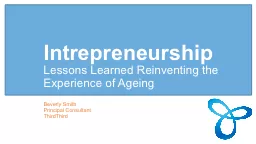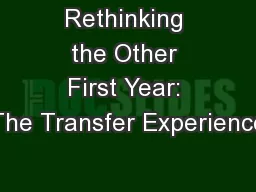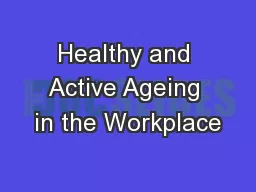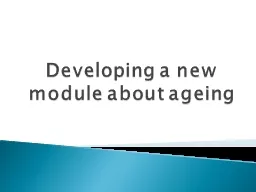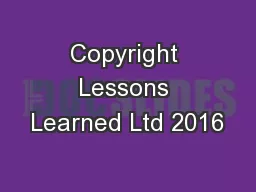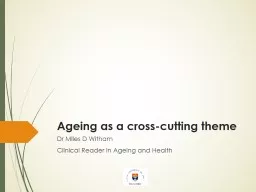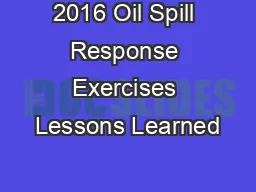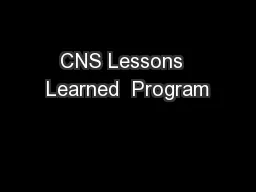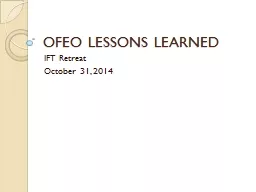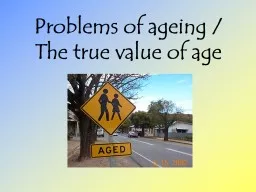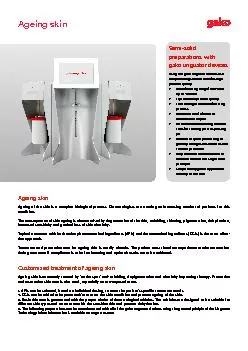PPT-Intrepreneurship Lessons Learned Reinventing the Experience of Ageing
Author : mitsue-stanley | Published Date : 2018-11-13
Beverly Smith Principal Consultant ThirdThird What did it take to succeed Financial turnaround 2015 National Good Design Award Business Model Innovation Qualitative
Presentation Embed Code
Download Presentation
Download Presentation The PPT/PDF document "Intrepreneurship Lessons Learned Reinven..." is the property of its rightful owner. Permission is granted to download and print the materials on this website for personal, non-commercial use only, and to display it on your personal computer provided you do not modify the materials and that you retain all copyright notices contained in the materials. By downloading content from our website, you accept the terms of this agreement.
Intrepreneurship Lessons Learned Reinventing the Experience of Ageing: Transcript
Download Rules Of Document
"Intrepreneurship Lessons Learned Reinventing the Experience of Ageing"The content belongs to its owner. You may download and print it for personal use, without modification, and keep all copyright notices. By downloading, you agree to these terms.
Related Documents

